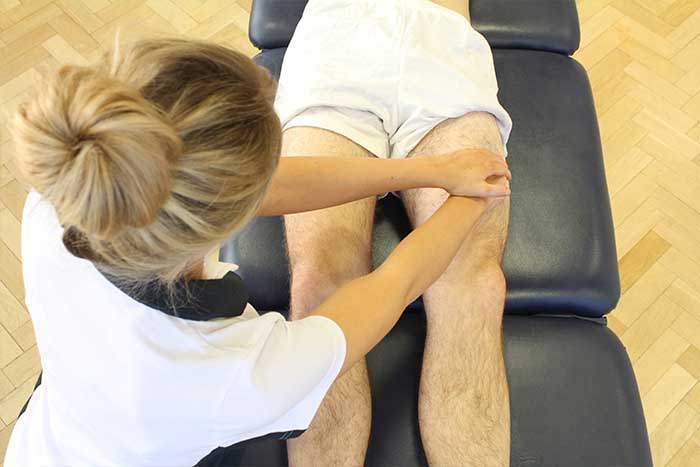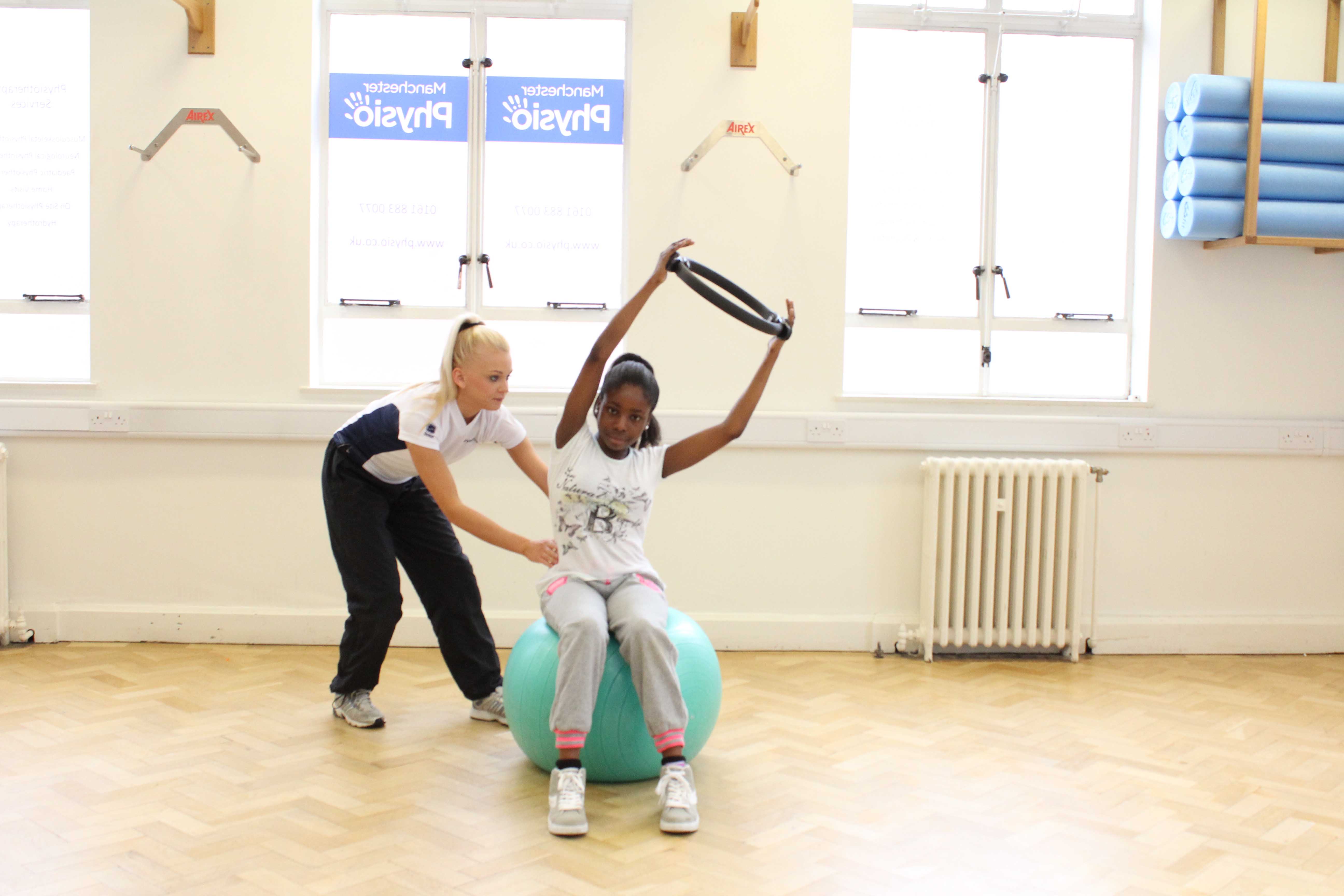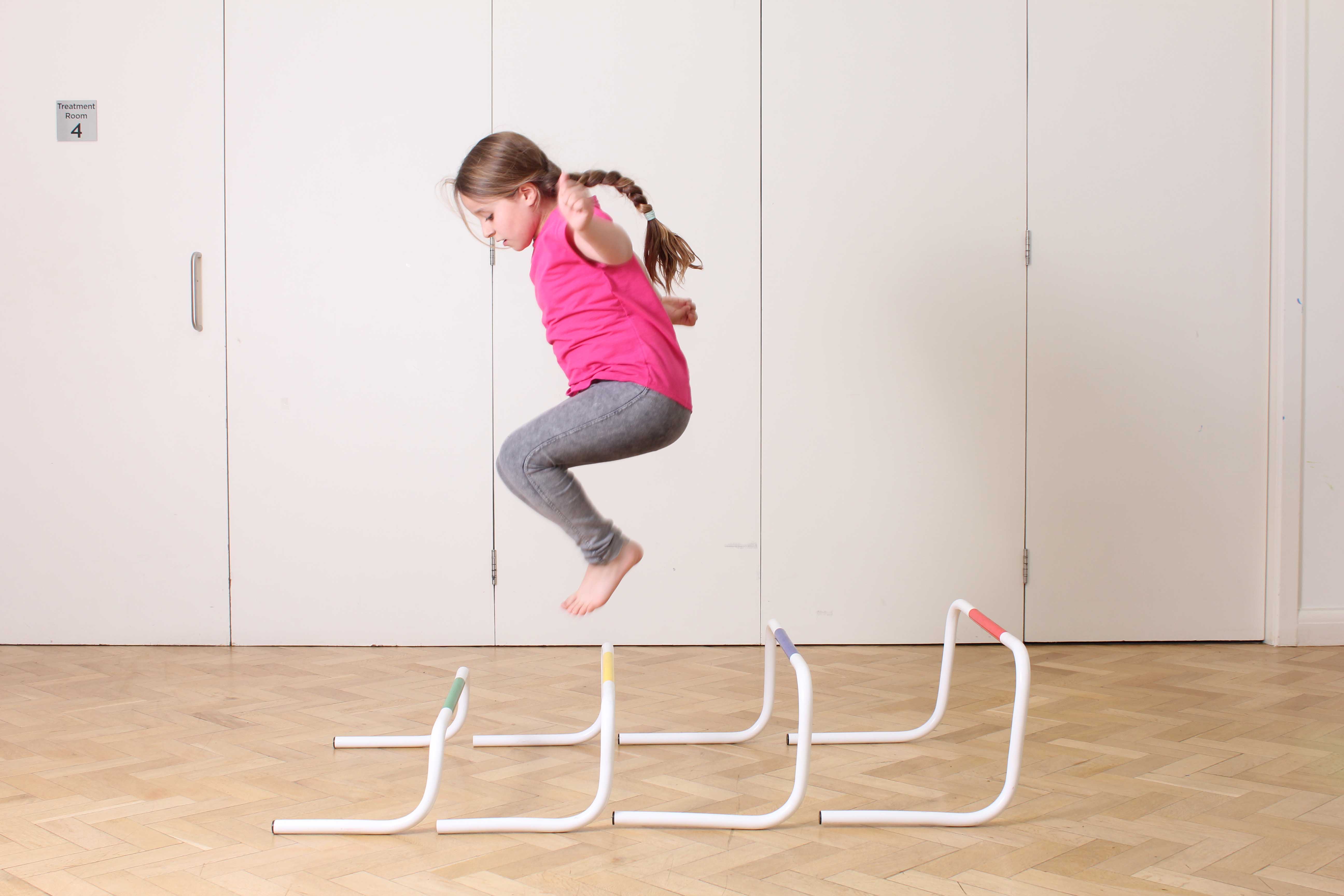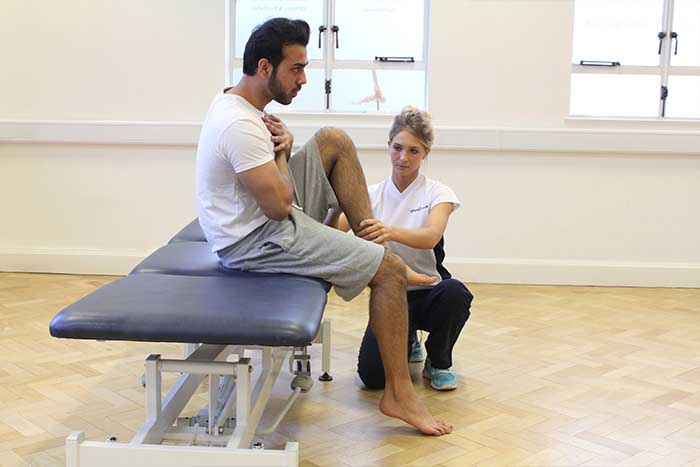A massage can be an essential form of treatment following surgery. A person can undergo surgery for a wide variety of reasons. Some of the most common surgery types include cosmetic surgery or the removal of lymph nodes due to cancer. Following surgery, a person can often experience pain, inflammation, scarring and a condition called lymphedema. Lymphedema is what occurs following the removal of lymph nodes causing damage or blockage to the lymphatic system. Damage or blockage of the lymphatic system can increase swelling and pain. A massage can help a person post-surgery by encouraging an increase in healing, stimulating the lymphatic system and breaking down scar tissue. Our massage therapists at Physio.co.uk use effective techniques to help reduce negative symptoms post-surgery.
What type of massage is used post-surgery?
There are many types of massage that can be used for after surgery. The types of massage used for post-surgery are:
When can massage help post-surgery?

There are many occasions where massage is used to help post-surgery. The negative effects a massage can help post-surgery include:
 Above: Posterior to anterior mobilisations of the glenohumeral joint
Above: Posterior to anterior mobilisations of the glenohumeral jointA massage can often be used to treat scarring. Scars are formed when damage occurs to the body's internal or external tissues. As part of the body's natural healing process, a build-up of collagen fibres, fibrous connective tissues, occurs resulting in the formation of a scar. Scars have a different texture and appearance to the body's natural tissues and can often restrict movement. As a scar can affect a person both physically and mentally, symptoms of stress, anxiety and pain can increase. A massage helps to decrease scarring by breaking down, loosening and realigning collagen fibres. Collagen fibres have less elasticity than the body's natural tissues and are laid in a haphazard position across muscle fibres, which can increase restriction and pain. A massage increases the temperature of collagen fibres encouraging them to soften and loosen. Softened and loosened collagen fibres enables them to be realigned to match the position of the body's natural muscle fibres and tissues. Loosening and realigning collagen fibres reduces restriction as well as decreasing the appearance of scars.
Stress is a common factor increased post-surgery. Stress can occur both physically and mentally. Physical stress occurs within the body's muscles after the damage caused by surgery resulting in muscle weakness and a build-up of tension. Mental stress increases due to the lack of movement and pain that occurs following surgery. A massage can help reduce stress post-surgery by increasing healing and encouraging relaxation both physically and mentally. A massage improves blood and lymph flow. Improving blood flow provides muscles and tissues with the essential oxygen and nutrients needed for the repair and reformation of damaged muscles and tissues. An improved lymph flow increases the removal of built up metabolic wastes within a muscle that slow down the healing process. Increasing healing helps to increase muscle strength and reduces tension. Physical relaxation increases as pain and tension are relieved due to the increase in healing. A reduction in pain and tension increases relaxation and therefore reduces mental stress.
After surgery, a person can experience acute pain. Acute pain occurs due to the damage caused to the muscle fibres and tissues. Acute pain can include achy, sharp or shooting pains and can restrict movement and increase stress and tension. A massage reduces acute pain by improving recovery and relieving tension. Recovery can be poor due to a lack of nutrients available to tissues. The blood flow is what contains the oxygen and nutrients essential for improving recovery. A massage creates friction between the skin and fingers which encourages an increase in blood flow to the area. An increase in blood flow results in an increase in oxygen and nutrients. An increase in oxygen and nutrients speeds up the healing process, improves recovery and therefore reduces acute pain. Tension is caused when muscles tighten to prevent further damage from occurring. When blood flow is increased during a massage, the temperature of muscles also increases. Increasing the temperature of muscles encourages relaxation of muscle fibres. Relaxation of muscle fibres relieves tension and further reduces acute pain.
What are the physiological effects of receiving a massage post-surgery?
There are a range of physiological effects that occur during a massage after surgery. Some of the most common physiological effects that occur include:
 Above: soft tissue massage of vastus lateralis muscle
Above: soft tissue massage of vastus lateralis muscleLymphatic drainage is a common physiological effect that occurs during a massage after surgery. Lymphatic drainage is the removal of excess fluids and metabolic wastes from the body through the lymphatic system. A common condition caused by surgery is lymphedema. Lymphedema occurs when there is damage or blockage to the lymph vessels. Lymph vessels carry lymph fluids containing metabolic wastes and excess fluids that are being removed from the body. When lymph vessels are damaged or blocked, lymph fluids are unable to travel through the vessels causing a build-up of swelling. Swelling can be tender to touch and often restricts movement. A massage stimulates an increase in lymphatic drainage. Increased lymphatic drainage encourages an increase in lymph flow. Increasing lymph flow raises the rate of metabolic wastes and excess fluids being removed from the body. Increasing the removal of metabolic wastes and excess fluids decreases swelling and therefore reduces lymphedema.
A post-surgery massage can increase tissue elasticity. Tissue elasticity is the ability of a muscle to reach its full length with no restrictions. Poor tissue elasticity can result in restricted movement, increased pain and a decrease in relaxation. A massage increases tissue elasticity by increasing muscle temperature. An increase in blood flow occurs during a massage encouraging muscle temperature to rise. Rise in muscle temperature increases flexibility of elastic fibres within muscles. An increase in flexibility enables muscles to stretch and loosen. Enabling a muscle to stretch and loosen increases relaxation and therefore increase tissues elasticity.
Increased vasodilation often occurs during a massage after surgery. Vasodilation is where the muscles lining blood vessels relax enabling the vessels to widen and come closer to the skin surface. The pinkish colouring that occurs on the skin is often a sign vasodilation has occurred. When blood vessels widen, this allows an increase in blood to flow through them. Increasing blood flow through vessels enables the availability of blood to the damaged muscles and tissues to increase. Increasing availability of blood provides the muscles and tissues with oxygen and nutrients, allowing an increase in healing and a speedy recovery.

What are the benefits of receiving massage post-surgery?
There are a wide variety of benefits gained after receiving a massage post-surgery. The benefits that are most commonly gained include:
A massage encourages an improvement in circulation after surgery. Blood and lymphatic circulation can both be increased through massage. Blood circulation increases when friction is created. When blood circulation is improved, healing is able to speed up due to an increase in resources and muscle tightness, tension and fatigue can be reduced due to an increase in muscle temperature. Increasing blood circulation through massage therefore relieves pain, increases healing and maintains healthy muscles. Lymphatic circulation increases when stimulation of the lymphatic system occurs. The lymphatic system is responsible for removing waste products and toxins from the body that contribute to muscular tension and swelling. Increasing the lymphatic flow encourages a rise in the removal of waste products and toxins. A rise in the removal of waste products and toxins relieves tension, reduces swelling and further maintains healthy muscles.
A massage after surgery can help improve recovery. Surgery has many negative effects including pain, scarring and swelling that can slow down or prevent recovery. A massage helps to improve recovery by encouraging an increase in blood flow. During a massage, a range of techniques are used to create friction between the skin and fingers. The creation of friction is used to encourage an increase in blood flow. Blood flow contains the necessary nutrients needed for the repair and regeneration of damaged muscle fibres and tissues. Increasing blood flow encourages an increase in healing, helping to reduce recovery time and relieve pain. An increase in blood flow also helps to reduce tension by encouraging the relaxation of tense and tightened muscles. Relieving tension further decreases pain and improves recovery.
After surgery, range of movement can be poor for a variety of reasons. Swelling, pain, scarring and tension are a few of the factors that contribute to a decrease in movement. A massage helps to increase range of movement by reducing swelling and decreasing tension. Swelling is a build-up of excess fluids and waste products that increases when damage has occurred to tissues in the body. Swelling increases pain as well as restricts movement. A massage increases lymph flow due to stimulation of the lymphatic system. The lymph flow picks up and removes excess fluids and waste products from the body. Increasing lymph flow, increases the removal of excess fluids and waste products resulting in a reduction of swelling. Reducing swelling relieves pain and allows an increase in movement. A massage also relieves tension. Tension is where muscle fibres stay in the state of contraction causing muscular fatigue and weakness. Tension disables muscles from stretching to their full length therefore reducing range of movement. A massage increases muscle temperature due to an increase in blood flow. An increase in muscle temperature improves tissue elasticity and encourages muscle relaxation. Relaxed and loose muscles allow them to stretch to their full length therefore increasing range of movement.
Summary
A massage post-surgery is often a vital form of treatment. A variety of techniques including deep tissue massage, IASTM, remedial massage and therapeutic massage can be used during a massage after surgery. After a person undergoes surgery, a massage can often help to reduce scarring, stress and acute pain. Various physiological effects occur during a massage after surgery including lymphatic drainage, increased tissue elasticity and increased vasodilation. A wide range of benefits are also gained after a massage including improved circulation, improved recovery and increased range of movement. Our massage therapists at Physio.co.uk use massage post-surgery to help increase relaxation, decrease pain and reduce swelling.
How can I arrange a massage post-surgery?
To arrange a massage post-surgery at Physio.co.uk email us at office@physio.co.uk or call us on 0330 088 7800.
You can also book an appointment online and save £10

 0330 088 7800
0330 088 7800






































